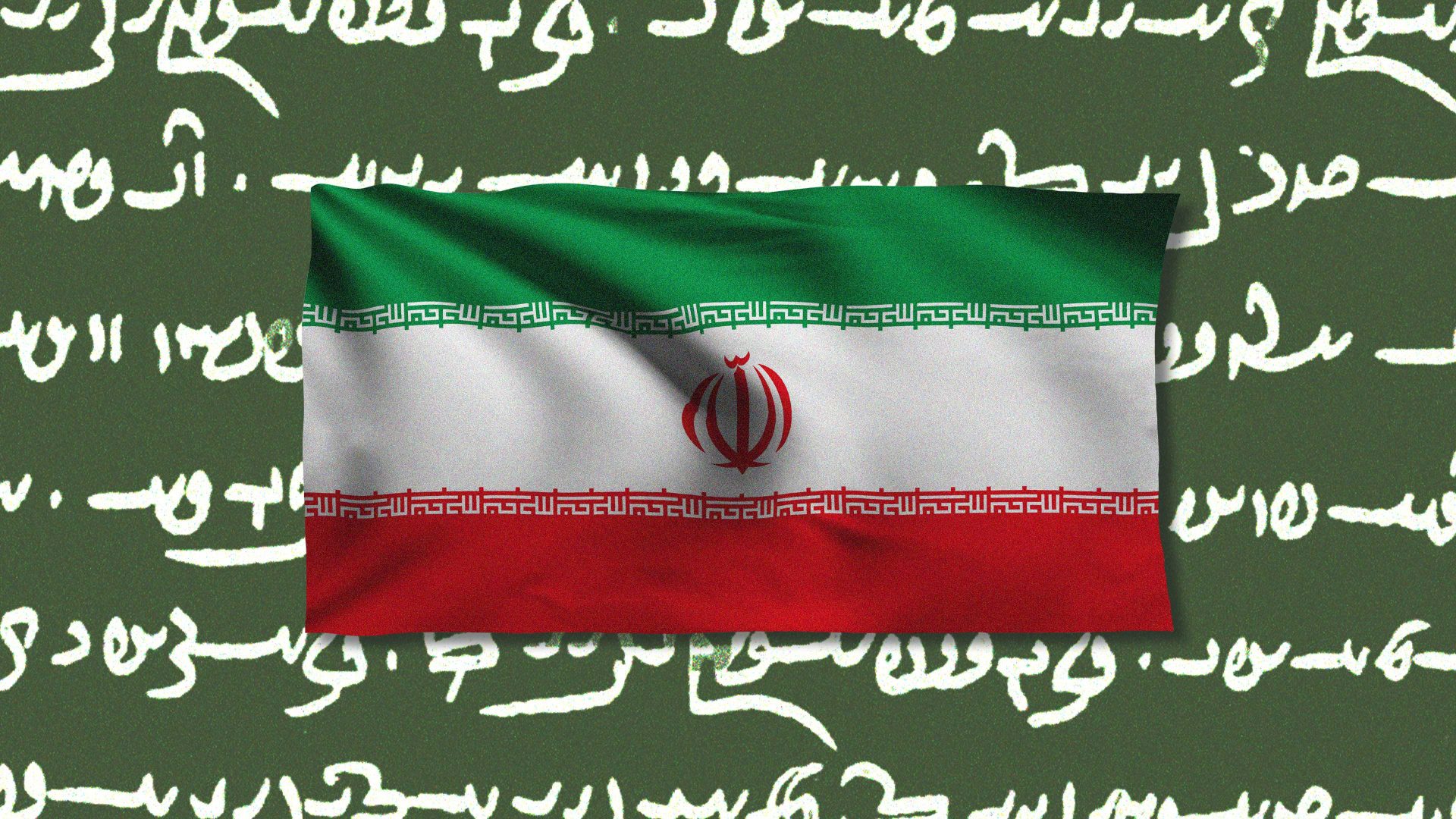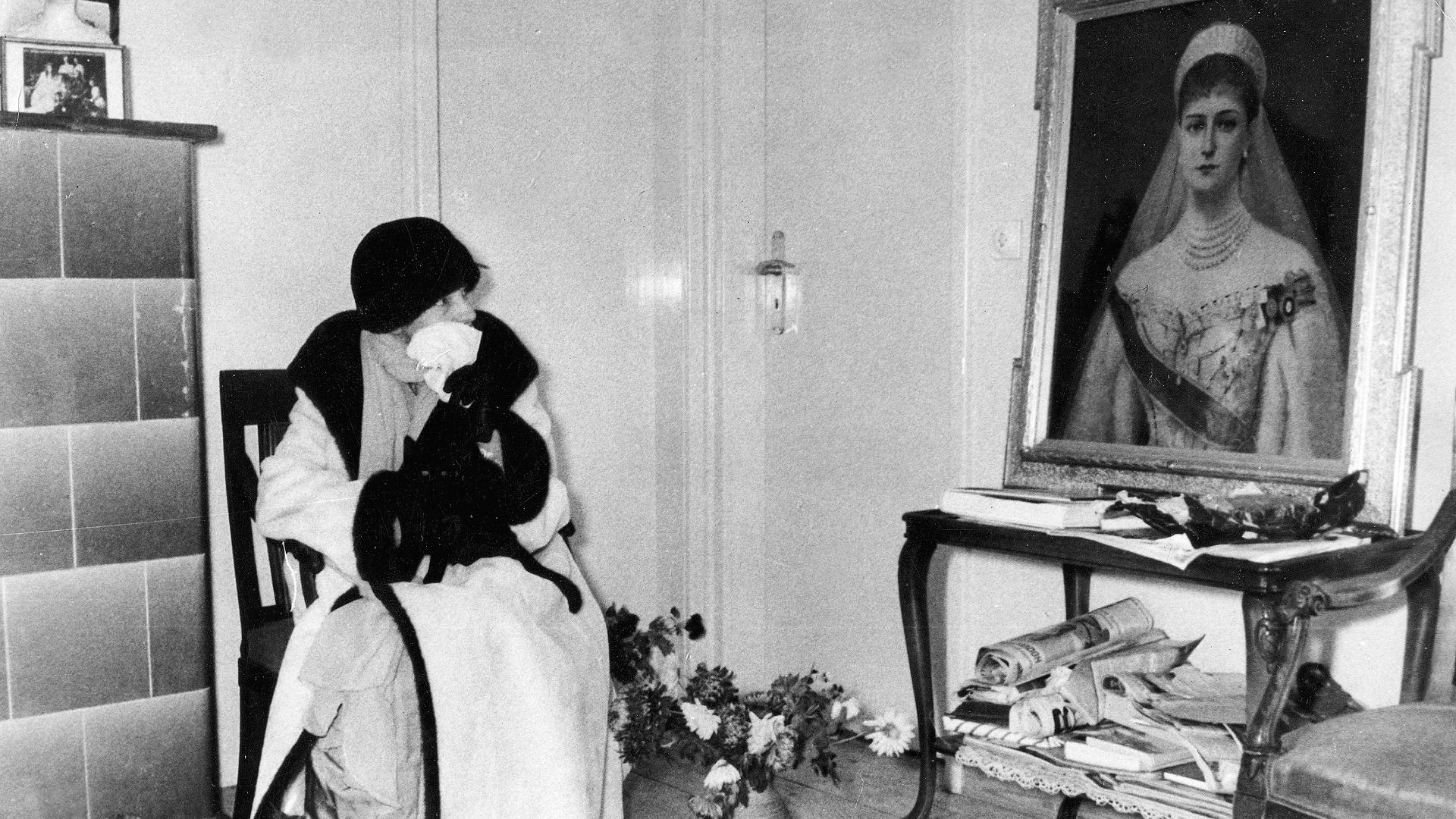The Iranian language family consists of four main branches, generally – though not universally – agreed to be the Southwestern, Southeastern, Northeastern, and Northwestern branches. Sadly, there are Iranian languages from each of these branches whose speakers are currently involved in political and ethnic conflicts.
Persian itself is a Southwestern Iranian language. It is known as Farsi in Iran, Tajik in Tajikistan and Dari in Afghanistan, but these are all essentially varieties of the same language.
The Southeastern group’s main language is Pashto. This is one of the official languages of Afghanistan, where – talking of conflict – it is also the language most closely associated with the Islamic fundamentalist group, the Taliban, the majority of the original Taliban having been Pashtuns. Outside Afghanistan, Pashto is also the second-largest language in Pakistan (after Punjabi), and is also spoken in Iran.
The Northeastern branch of the Iranian languages consists principally of the Ossetian language. It has around 600,000 speakers whose homeland is in the Caucasus mountains and who became divided geographically between Russia and Georgia.
Most nation-states today recognise the Ossetian-speaking region to the south of the main Caucasus mountain ridge as being part of Georgia; but the area came under the political and military control of the Russian-backed Republic of South Ossetia after ethnic Ossetian separatists opposed Georgian rule. To the north of the ridge, the Republic of North Ossetia was already incorporated into the Russian Federation, so the whole of the Ossetian-speaking area has now become de facto Russian territory.
The Northwestern branch of the Iranian languages includes Kurdish and Balochi, and neither of their populations are strangers to political unrest and instability. After the collapse of the Ottoman Empire during the first world war, the 1920 draft of the Treaty of Sèvres proposed the creation of an autonomous Kurdish state.
However, Mustafa Kemal Atatürk, having achieved nationhood for Turkey and become its new leader, vetoed any reference to a Kurdish homeland in the final version of the treaty. As a result, and with the support of the British and the French who were basically just looking after their own interests in the Middle East, the formerly Ottoman Kurds found themselves dispersed across the newly drawn borders of Iran, Iraq, Syria, and Turkey, something which they have been struggling against ever since.
In no nation where it is spoken is Kurdish a majority language, in spite of being a language with around 25 million speakers – more than for most of the languages of Europe. There are many millions of Kurdish speakers in Turkey, which is something the Erdoğan government would prefer us not to talk about. Any independent Kurdish-speaking homeland would aspire to incorporate parts of at least southeastern Turkey, northern Syria, northwestern Iran and northern Iraq; note that there is now at last an autonomous Kurdish region in Iraq.
The Balochi-speaking area has very recently also been in the international news. Balochistan is a large region which straddles the borders of Iran, Pakistan and Afghanistan.
Recently, Iran and Pakistan launched missile strikes across each other’s borders, targeting separatist militants in the Balochistan area.
It is sadly ironic that Avestan, which was one of the ancestral Iranian languages dating from around 600BC, was the language of Zoroastrianism, a religion which has traditionally supported pacifism and philanthropy.
PARSEES
The Parsees are a Zoroastrian ethno-religious group descended from the Persians who emigrated to India after the Arab conquest of the Persian Empire in order to escape religious persecution by Muslims and forced conversion to Islam. Today most Parsees – the word means “Persians” – now speak Gujarati.




